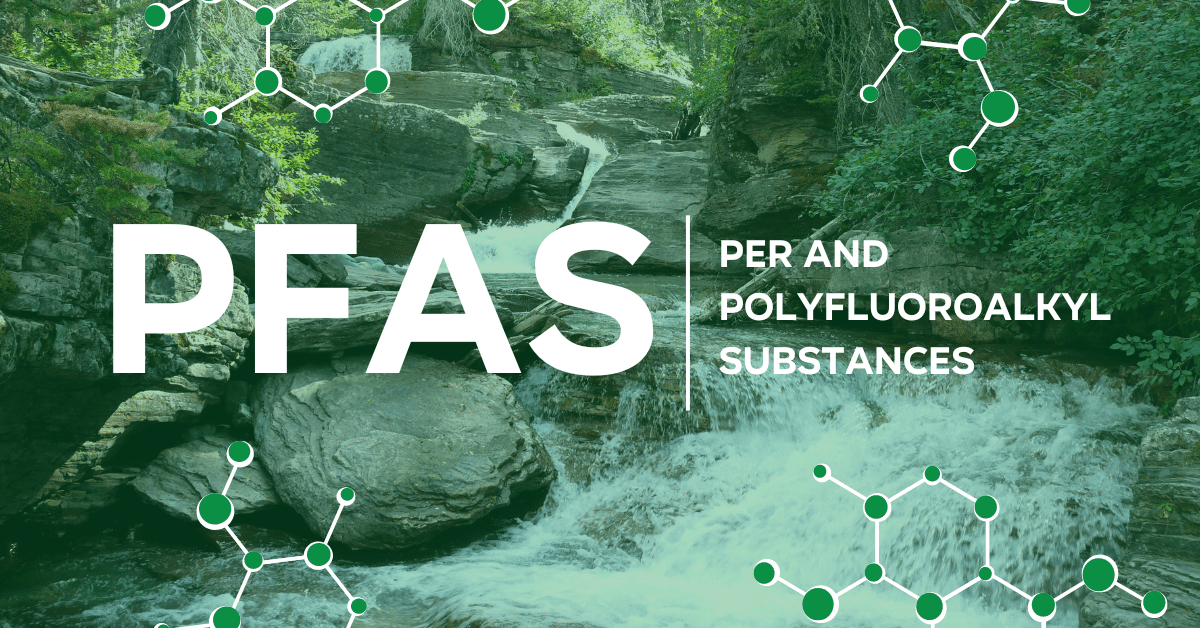
Water Filter Company Featured on Shark Tank Shares Information on PFAS
In the spring of 2015, Dr. Eric Roy received word from a former Environmental Protection Agency (EPA) member regarding elevated lead levels in Flint, Michigan’s water. At that time, the residents of Flint were unaware of the water’s contents and long before the city faced a public health emergency.
Roy, a chemist specializing in water quality, took it upon himself to address the issue. In July 2015, he established Hydroviv and devised a high-capacity lead filter for Flint. Working from his studio apartment in Washington, D.C., Roy and a friend conducted pressure and leak tests, as well as prototyping for the first Hydroviv filter. With their lab set up in a bathroom sink, he shipped the inaugural filter to a children’s organization in Flint just two months later, after locating them through social media.
Roy also shares a lot of content on PFAS, so he joins the podcast to discuss why some states have protections, and others don’t.
Per- and polyfluoroalkyl substances (PFAS) are a group of man-made chemicals that have been in the spotlight for their widespread use and persistence in the environment. Found in everything from non-stick cookware to waterproof clothing, PFAS have been dubbed “forever chemicals” due to their ability to resist degradation, thus remaining in the environment and in human bodies for extended periods. This resilience, while once celebrated for its utility in consumer products, has raised significant concerns regarding health and environmental safety.
Research has linked prolonged exposure to certain PFAS to a variety of health problems, including but not limited to, immune system effects, cancer, and thyroid hormone disruption. “The companies that produce these things [PFAS] have known for a very long time that they were toxic, and they are toxic, and they are harmful,” Roy says. Given their widespread use and persistence, PFAS contamination has been detected in water supplies, air, soil, and within various organisms, highlighting the challenges of managing their impact. Regulatory bodies across the globe are grappling with how best to address PFAS contamination, with efforts focusing on the development of new guidelines for PFAS levels in drinking water, restrictions on their use in products, and the remediation of contaminated sites.
The conversation around PFAS is evolving, with increased public awareness and scientific research guiding policy changes. “What drives legislation is when you apply pressure on your elected officials. So figure out who they are, where they stand on it, and let them know how you feel,” Roy notes.
Innovations in PFAS detection and removal technologies are promising, aiming to mitigate the environmental and health risks posed by these chemicals. Furthermore, the push towards developing safer alternatives emphasizes the importance of considering the long-term environmental and health impacts of chemicals before their widespread adoption. As the narrative unfolds, the response to PFAS contamination will likely serve as a case study for addressing the complexities of managing persistent environmental pollutants in the modern world.
If listeners are wondering how they can get involved, Roy persists, “Take that first step and see where step two takes you. Just get involved.” Check out all the work that Wild Virginia is doing to stop PFAS pollution at its source.